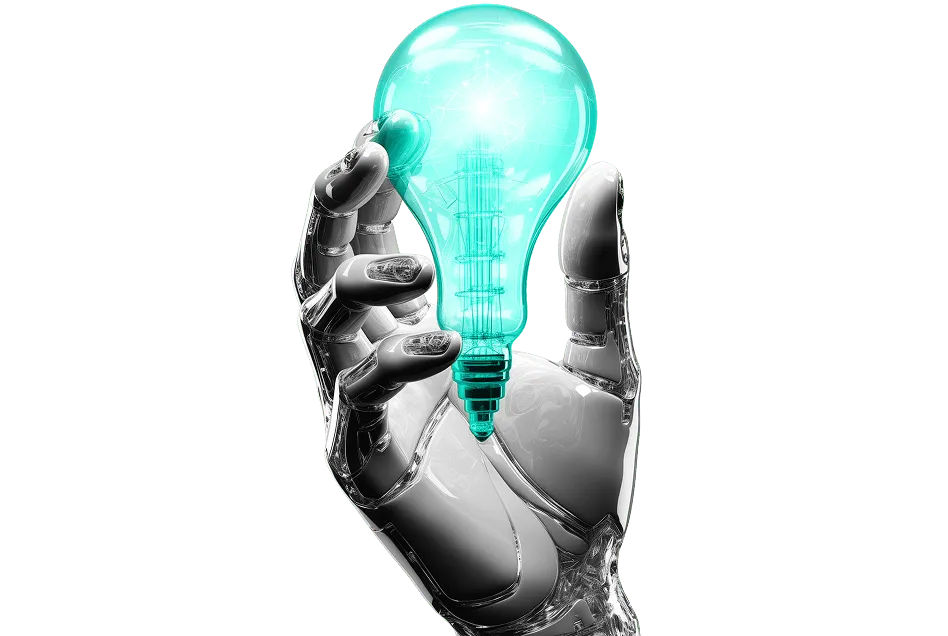Decoding the AI-Ready Workforce: Bridging Skills and Contextual Intelligence
In a TED Talk, James Flynn, the renowned intelligence researcher, discussed a phenomenon known as the “Flynn Effect,” which describes how the average IQ of societies has consistently increased over the decades. This principle applies to organizations as well. During a recent workforce planning workshop in Sydney, we explored how contextual knowledge can significantly enhance an organization’s competitiveness. It’s not enough to rely solely on AI-generated outputs; what organizations truly need are skilled artisans—professionals who can blend AI insights with deep contextual understanding to make powerful, informed decisions. These individuals are essential for translating raw data into strategic actions that drive success in today’s complex business environment. As AI continues to evolve, the role of these artisans will become even more critical, ensuring that technological advancements are fully leveraged within the context of each unique organization. In essence, the future of business will be shaped not just by data but by the nuanced application of that data through human expertise.
The concept of an AI-ready workforce is often misunderstood. It’s not about equipping every role with complex programming skills but rather about cultivating the right capabilities that align with the evolving demands of AI. In many cases, the existing workforce can be easily reshaped and upskilled to meet these new requirements. During our workshop, we aimed to demystify what it truly means to be AI-ready by identifying the top three critical skills across various roles. Instead of a one-size-fits-all approach, we focused on tailoring these skills to suit the unique needs of various positions, ensuring that AI readiness is accessible and achievable for everyone in the organization. This approach not only empowers employees but also enables organizations to harness the full potential of AI, driving innovation and maintaining a competitive edge in the market.
I’ve compiled the outputs developed during our workshop, presenting them as a comprehensive table. The roles listed are not arranged in any specific order; they simply reflect the sequence in which we discussed them. However, the true strength of this table lies in the diverse range of skills we identified for each role. This variety highlights our multifaceted approach to ensuring AI readiness across different functions. I trust that you will find these insights valuable as you work to enhance the capabilities of your team and align them with the evolving demands of AI.
RoleSkill 1Skill 2Skill 3HR Business Partner (HRBP) Understanding AI Ethics, Bias, and Safety Data Limitations and importance of Contextual knowledge Change management with AI integration Financial Analyst Ability to pull data from multiple cloud systems AI-based financial modeling Predictive analytics using AI Procurement Analyst Understanding Vendor AI capabilities Automated procurement processes AI for spend analysis Marketing Manager AI-driven customer segmentation Personalized marketing using AI AI-based campaign performance analysis Data Scientist Foundational Models Training Deep learning techniques Natural language processing (NLP) Customer Support Lead AI in customer interaction tools AI-driven sentiment analysis Automated query resolution Product Manager AI-driven product roadmap planning Predictive analytics for product trends AI in user experience design Operations Manager AI for process automation AI-driven operational efficiency Predictive maintenance using AI Sales Manager AI-driven sales forecasting AI-powered lead generation Personalization in sales using AI IT Manager AI in cybersecurity AI-driven infrastructure management AI in IT service automation Supply Chain Manager AI in demand forecasting AI for logistics optimization AI-driven inventory management Learning and Development Specialist AI-powered learning platforms Personalized AI-driven training programs AI for employee skill assessment Legal Advisor AI in contract analysis AI-driven legal research AI for compliance monitoring Healthcare Administrator AI in patient data management AI-driven healthcare analytics Predictive AI for patient outcomes Software Engineer AI in code optimization Machine learning integration in development AI for software testing automation Risk Manager AI in risk assessment Predictive analytics for risk mitigation AI-driven fraud detection Human Resources Generalist AI-powered employee engagement tools AI in performance management AI for diversity and inclusion analysis Project Manager AI in project planning and scheduling AI-driven resource allocation Predictive analytics for project risks Business Analyst AI-driven business process modeling AI in data-driven decision-making AI-powered requirement gathering Content Strategist AI in content creation and optimization AI-driven audience analysis AI for content performance tracking Training and Development Manager AI-powered training needs analysis AI-driven course design AI for tracking learning outcomes Quality Assurance Lead AI in automated testing AI-driven defect prediction AI for continuous quality improvement
Summary: The Draup Workshop on AI readiness uncovered some compelling insights that will be highly valuable for recruiters, workforce planners, and L&D leaders.










.svg)




















.svg)





.svg)
